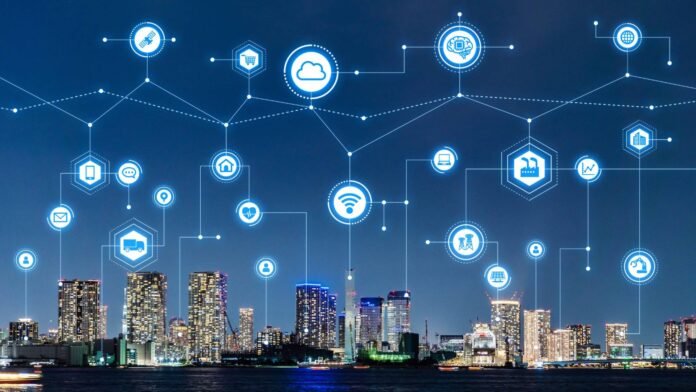In an era where technology intertwines with daily life more intricately than ever, the concept of the Smart City has emerged not merely as a buzzword but as a blueprint for the future of urban living. This evolutionary journey from traditional cities to intelligent urban ecosystems represents a paradigm shift in how we envision, design, and inhabit urban spaces.
At its core, the Smart City is an urban development vision to integrate information and communication technology (ICT) and Internet of Things (IoT) technology securely to manage a city’s assets. But it’s so much more than that. It’s about enhancing the quality and performance of urban services, reducing costs and resource consumption, and engaging more effectively with citizens.
The Genesis and the Leap
The inception of Smart Cities was an inevitable response to an escalating urbanization challenge. With over 55% of the world’s population residing in urban areas—a figure expected to rise to 68% by 2050—the strain on urban infrastructures and resources has become increasingly evident. In response, the Smart City concept has evolved from a futuristic idea into a series of practical implementations around the globe.
Complexity Meets Innovation
From Stockholm’s smart traffic systems reducing gridlock and pollution, to Singapore’s ‘Smart Nation’ initiative that leverages technology to improve citizens’ lives across a spectrum of areas including health, mobility, and governance, the manifestations of Smart Cities are as diverse as they are innovative. However, the journey is fraught with complexity, involving not just technological deployment but also regulatory, social, and economic considerations.
The Human Element
Indeed, at the heart of the Smart City evolution lies the human element. Technology serves as the backbone, but the true essence of a Smart City is its ability to make urban living more livable, sustainable, and inclusive. This means not only installing sensors and implementing AI but also ensuring that these technologies cater to the needs and well-being of its inhabitants. From reducing carbon footprints to enhancing public safety and fostering community engagement, the goal is to create a symbiosis between technology and humanity.
Bursts of Innovation Amidst Challenges
The path to realizing the full potential of Smart Cities is not without its challenges. Issues of privacy, security, and the digital divide pose significant hurdles. Yet, it is precisely these challenges that drive bursts of innovation, pushing the boundaries of what’s possible in urban development. Adaptive traffic signals, smart grids, intelligent waste management systems, and e-governance are just the tip of the iceberg.
A Collaborative Future
The evolution of Smart Cities is a collaborative endeavor. It requires the concerted efforts of governments, technology providers, urban planners, and citizens. As we forge ahead, the dialogue between these stakeholders is crucial to ensure that the development of Smart Cities remains aligned with the needs and values of its citizens.
Conclusion
The evolution of Smart Cities is reshaping the future of urban living, making it more sustainable, efficient, and inclusive. As we stand on the brink of this urban transformation, it’s clear that the Smart City is not just a destination but a journey. A journey of continuous learning, adaptation, and innovation. It’s a bold vision for the future, one that promises to redefine our urban landscapes and, ultimately, the very essence of city life.
Also, read more at “kiendel.com“
